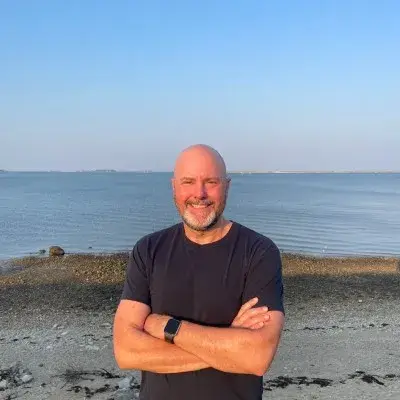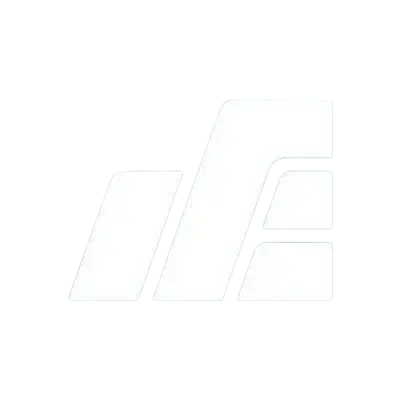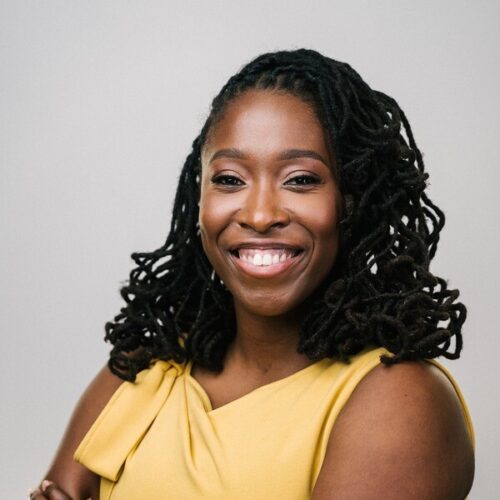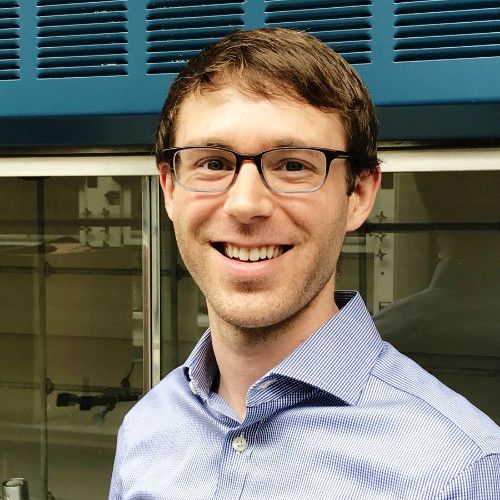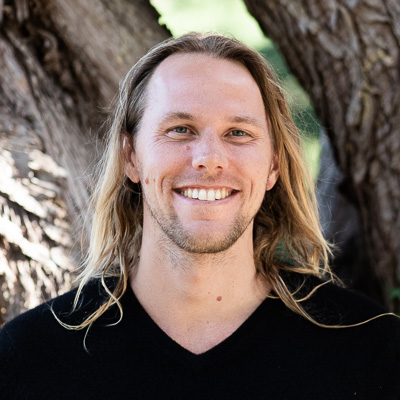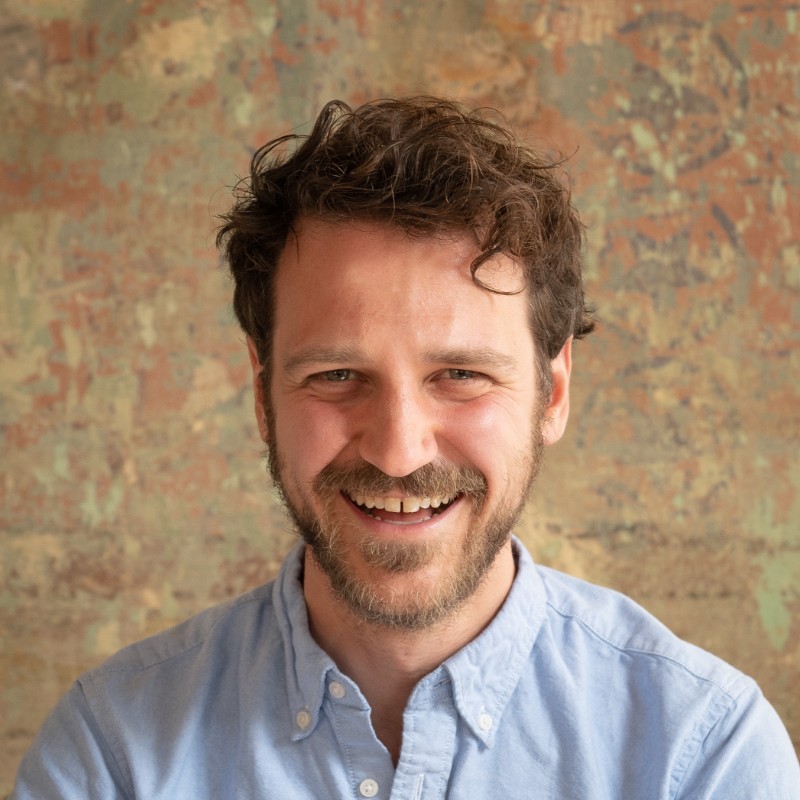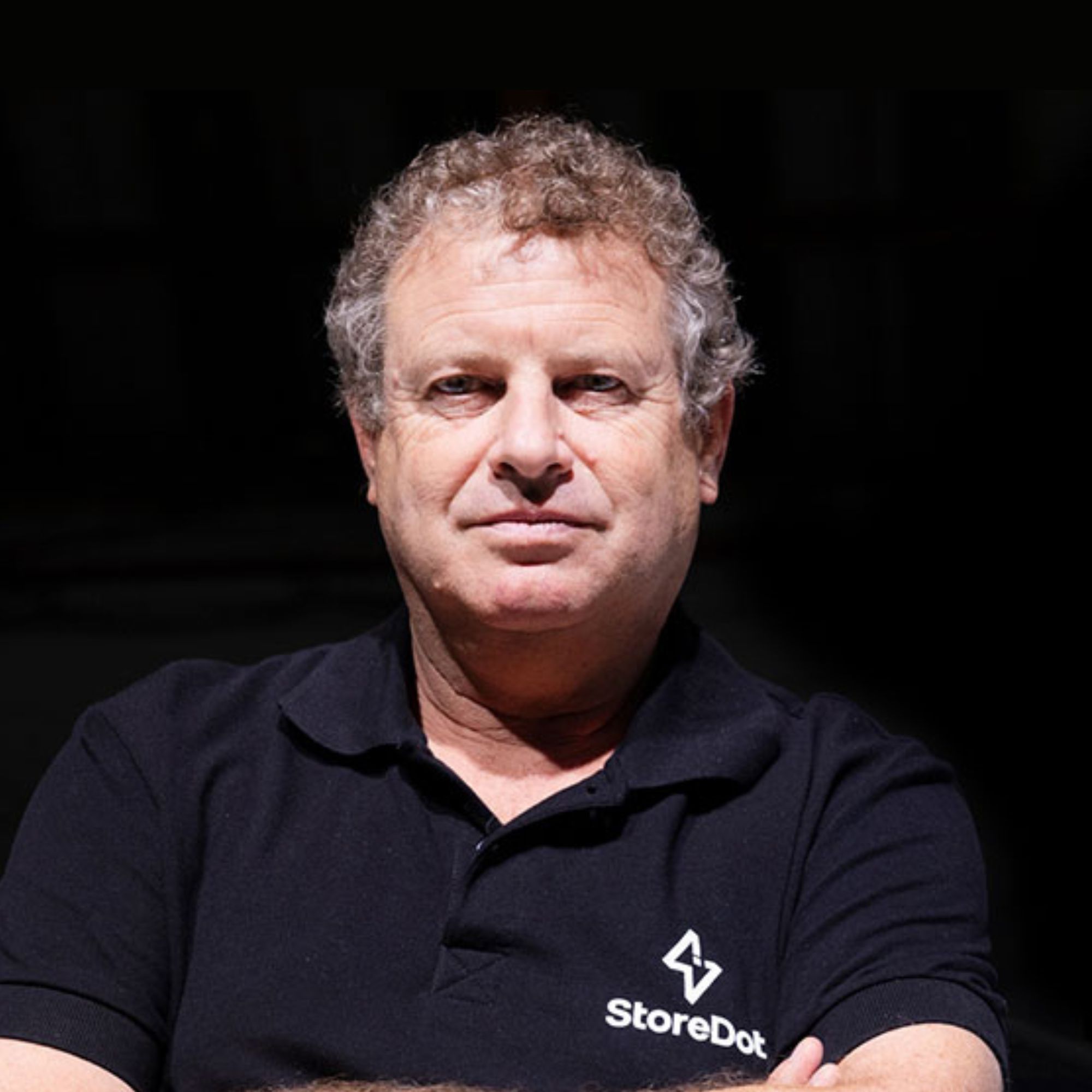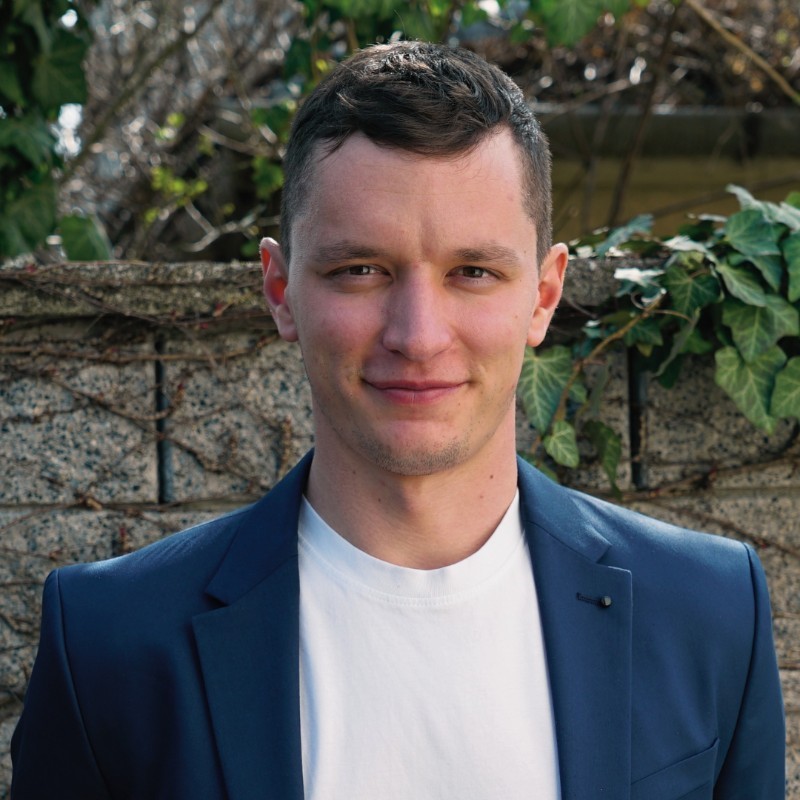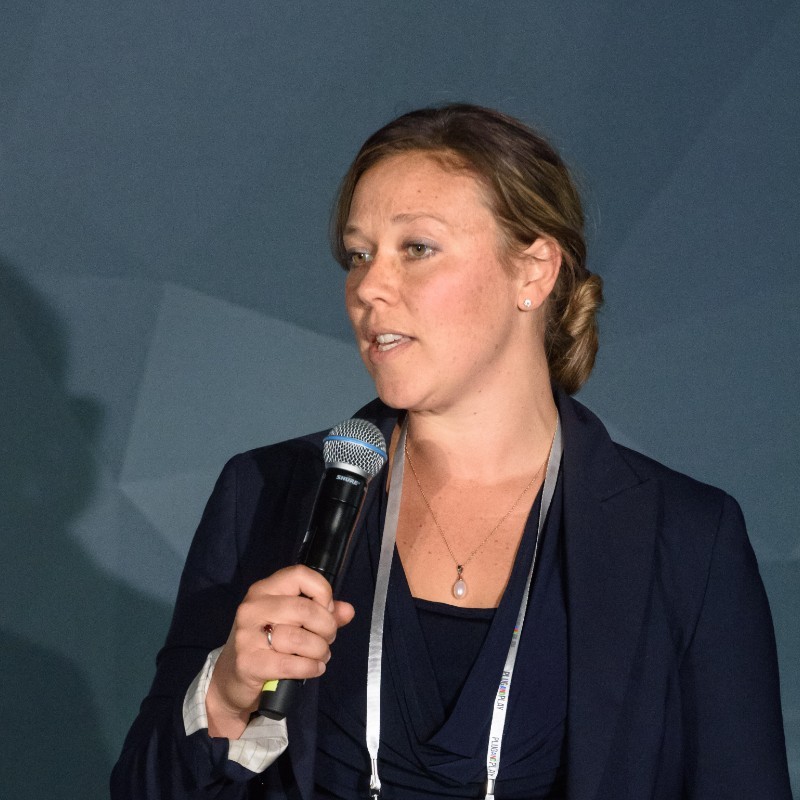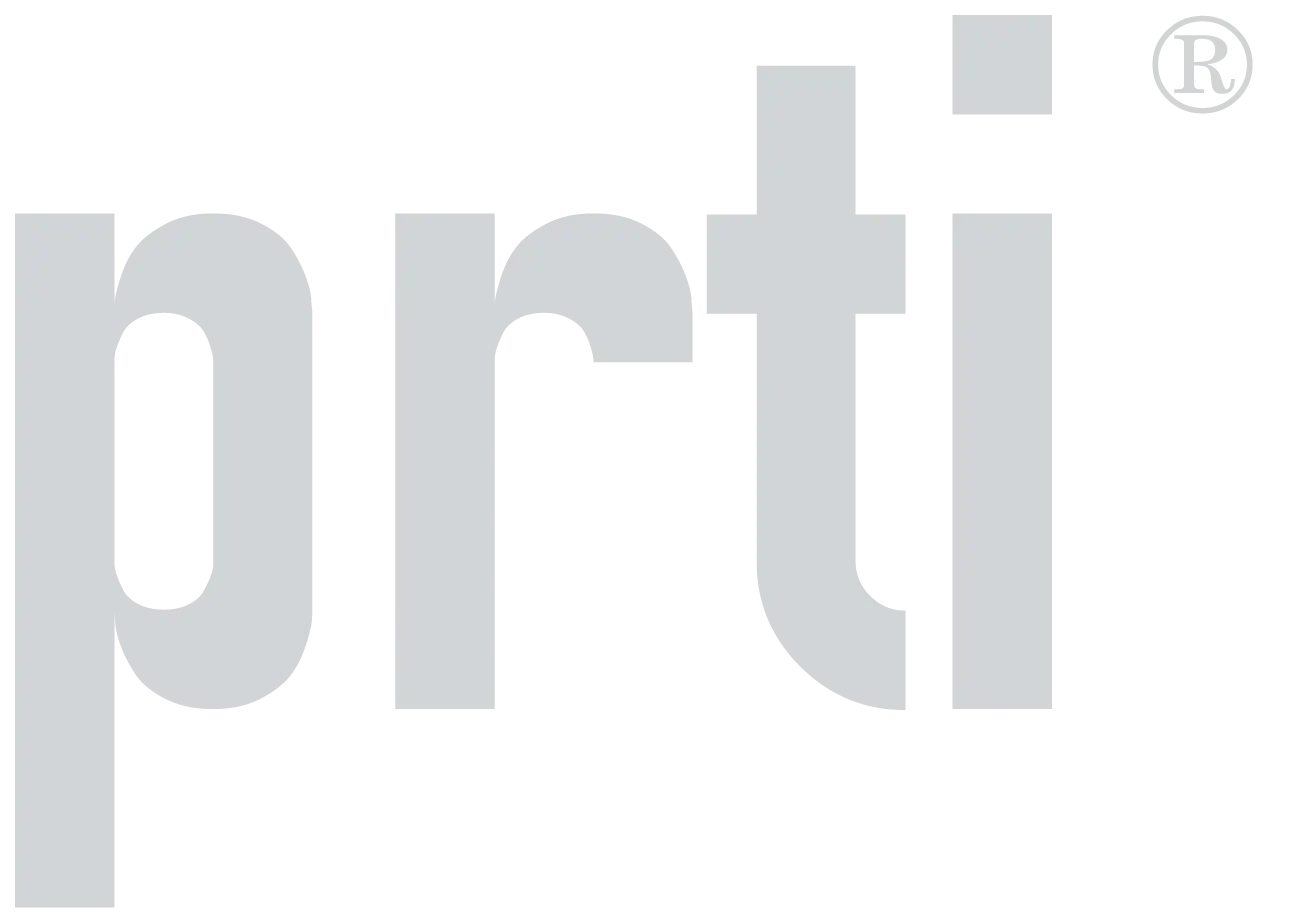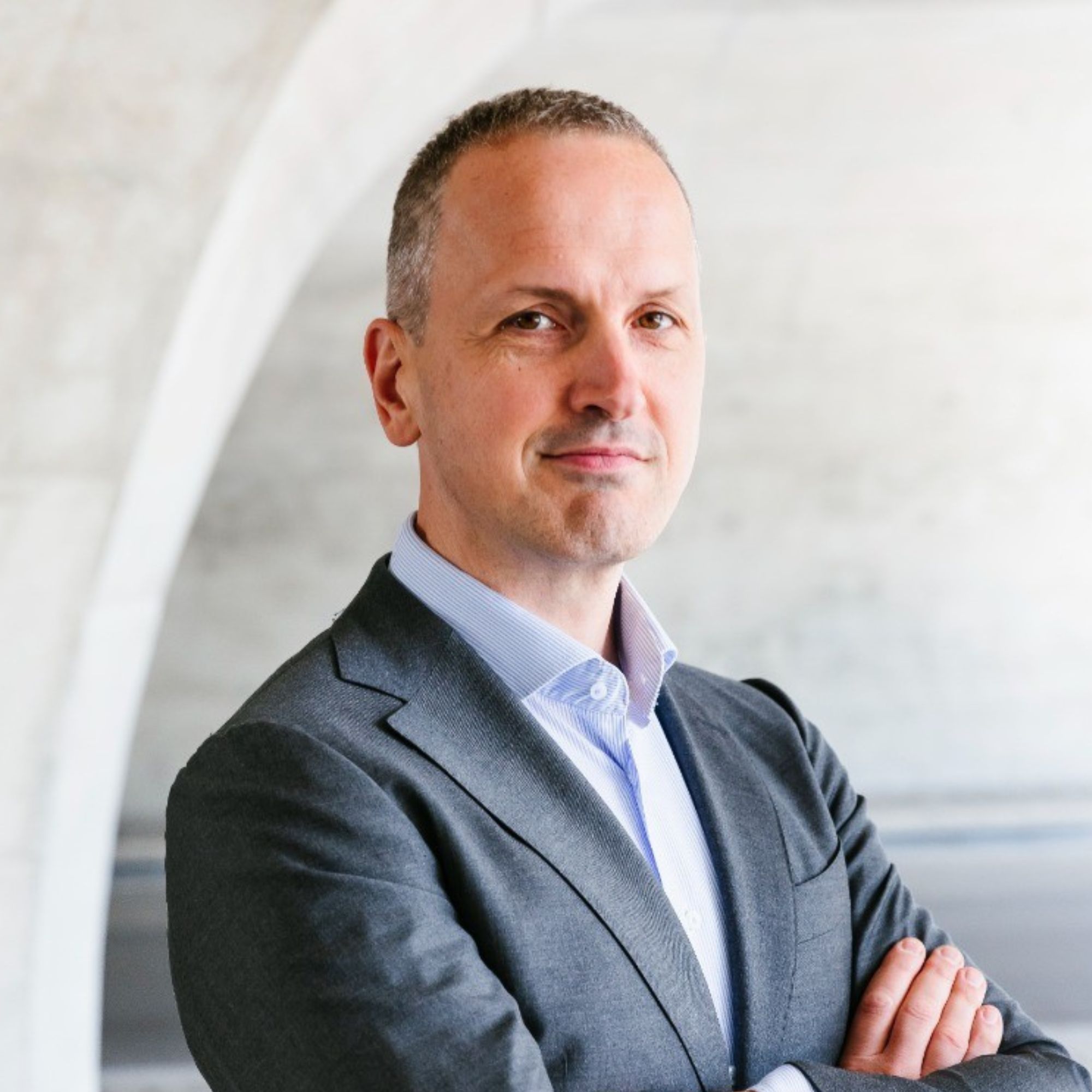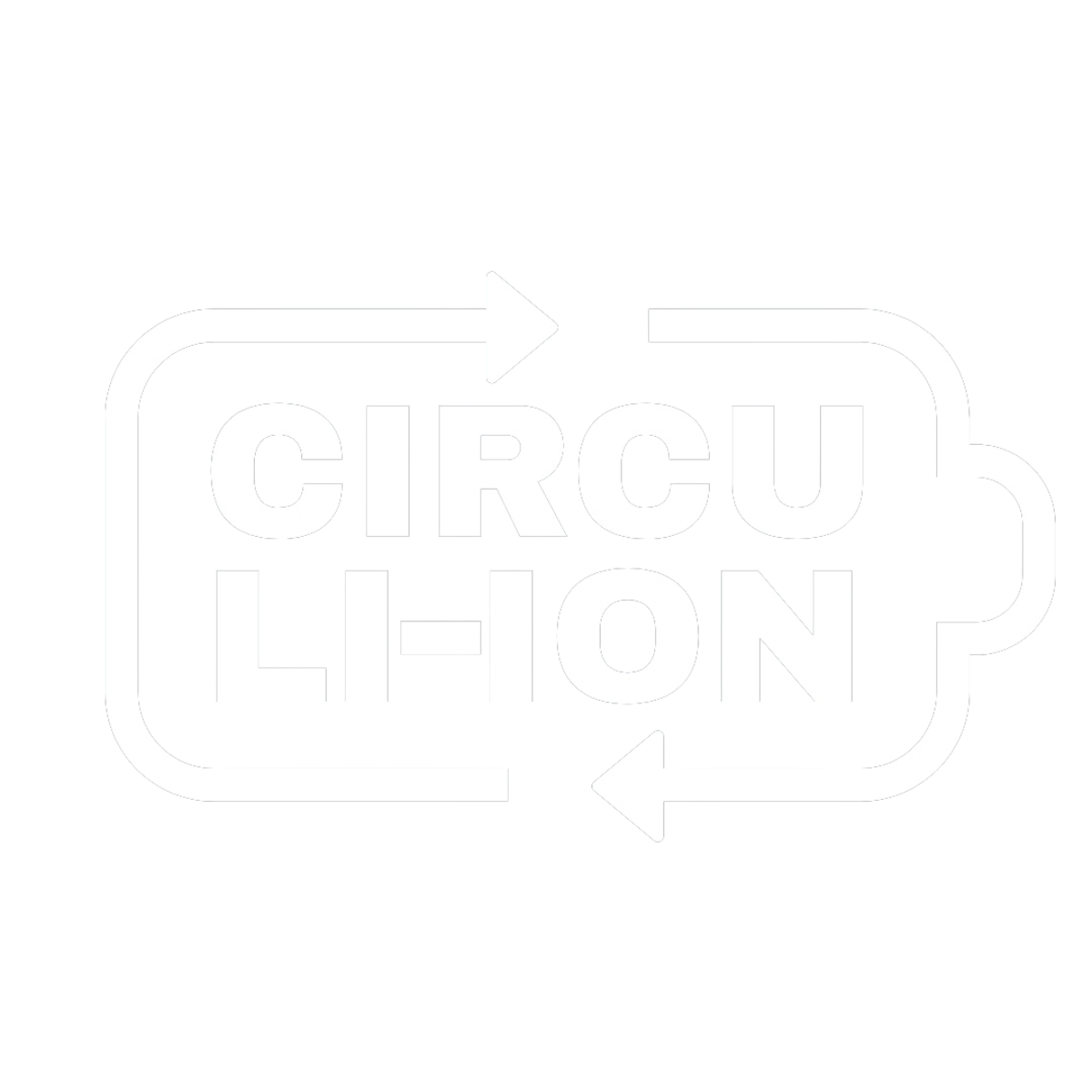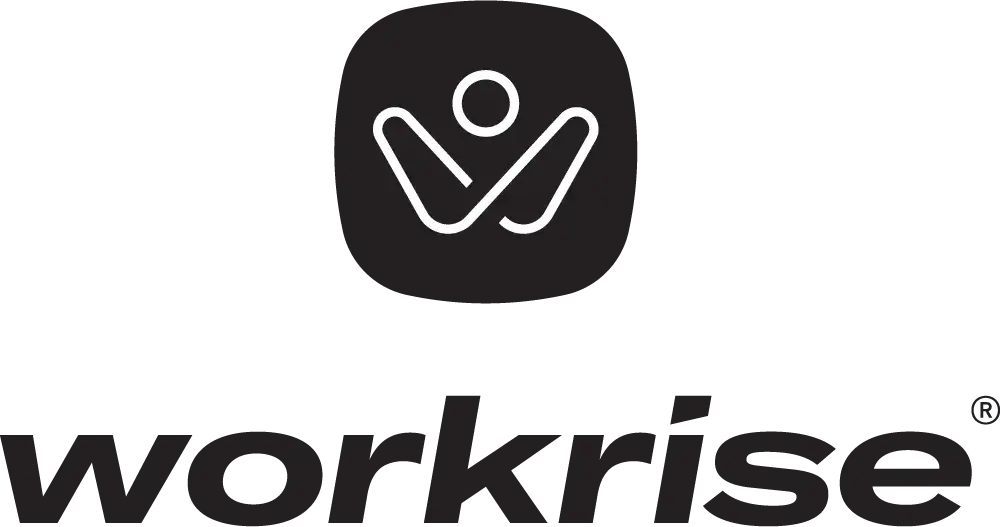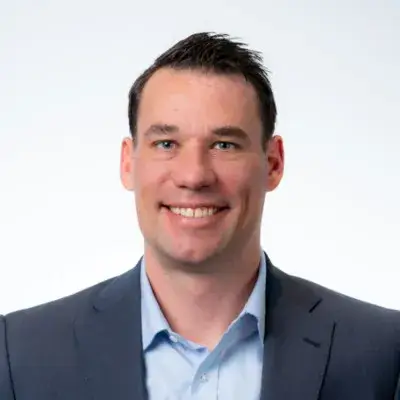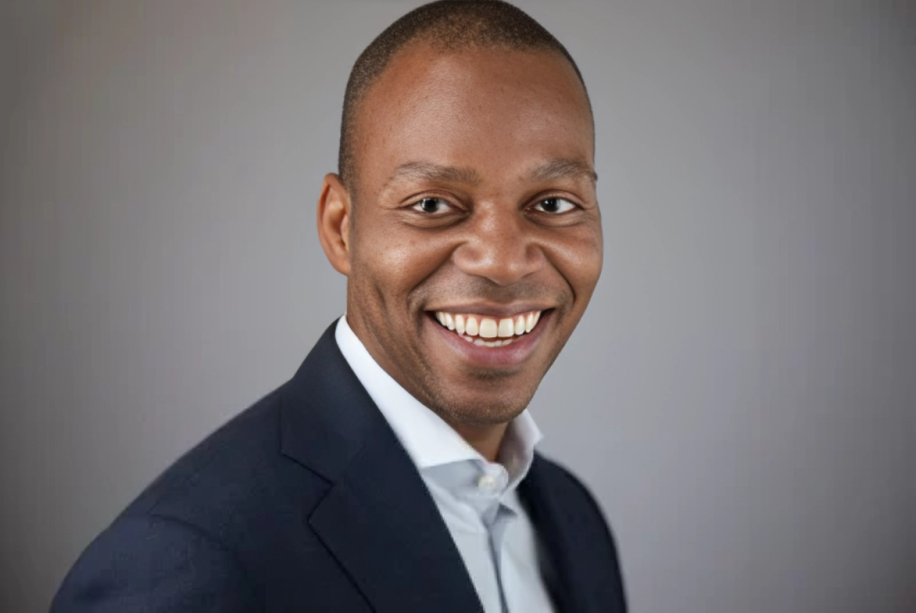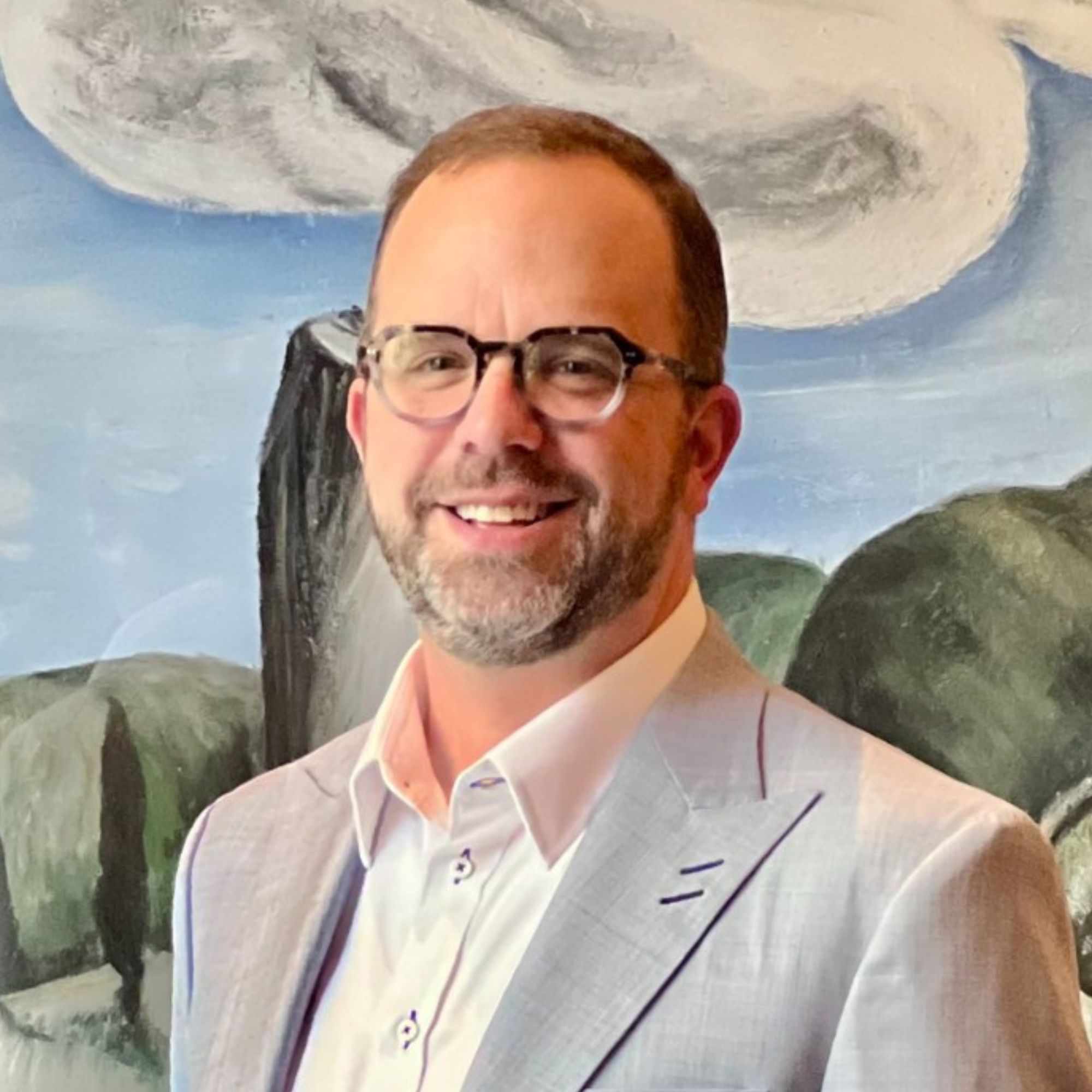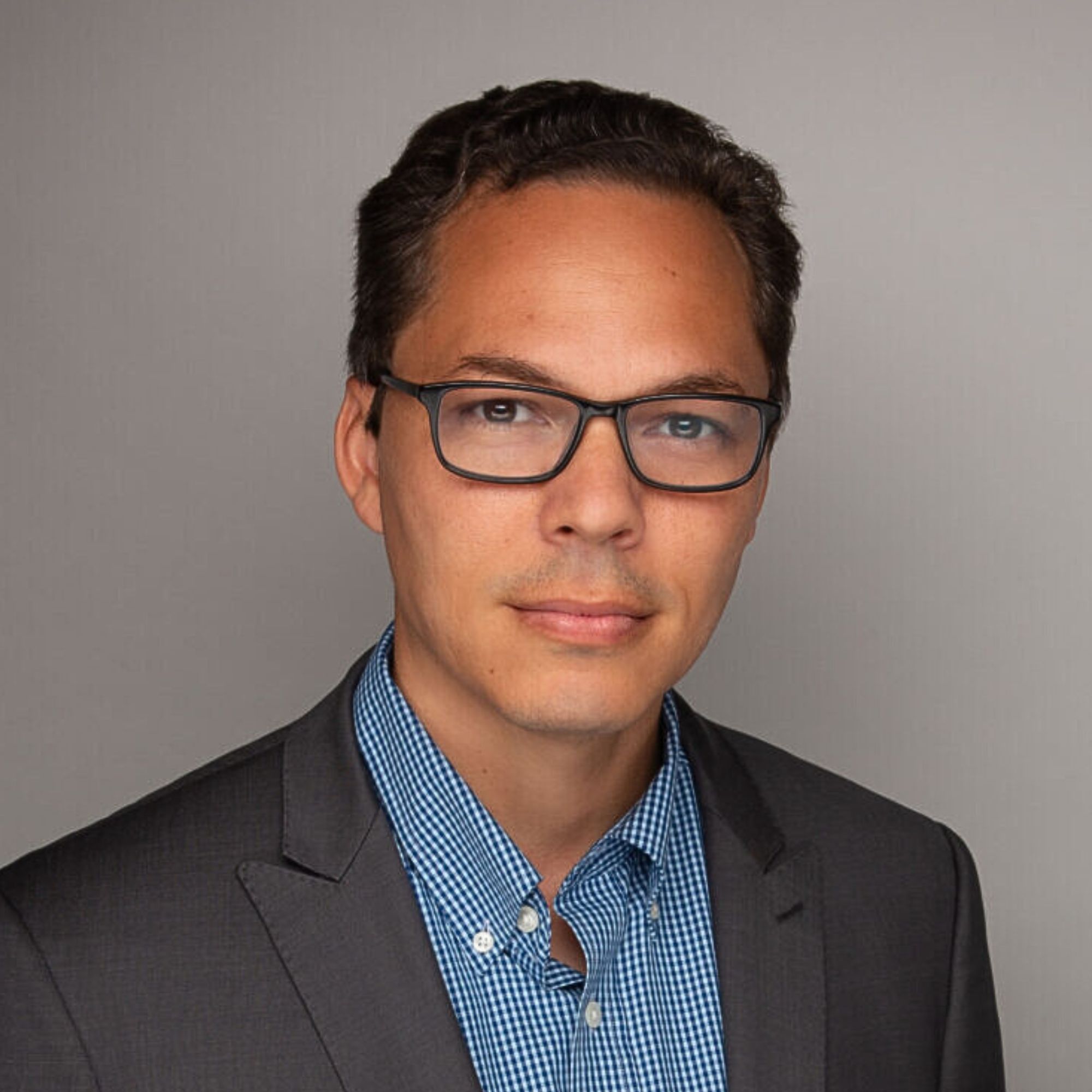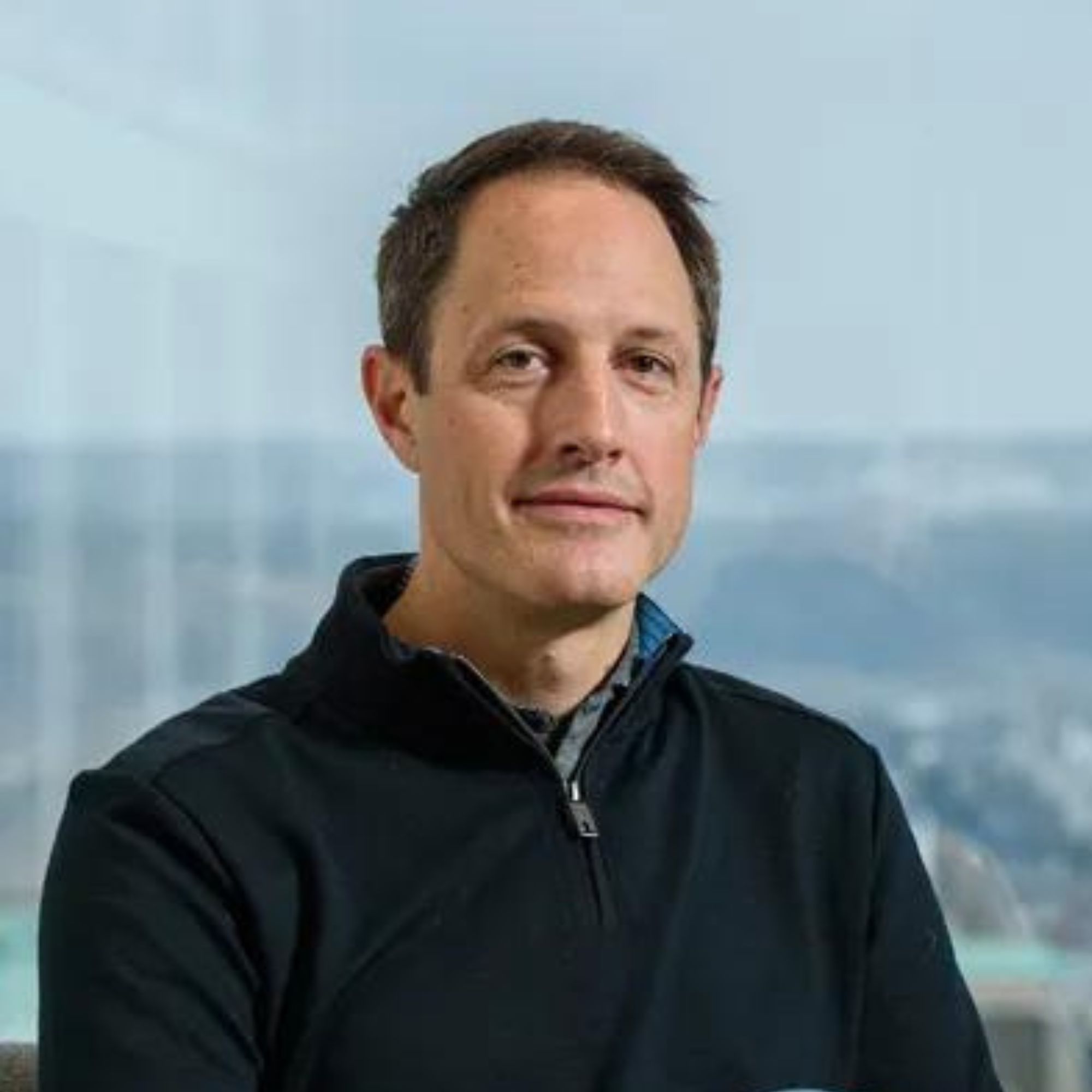Ready to launch your own podcast? Book a strategy call.
Frontlines.io | Where B2B Founders Talk GTM.
Strategic Communications Advisory For Visionary Founders
Conversation
Highlights
Transcend’s $35M Infrastructure Design Revolution: How Adam Tank is Creating a Category of One
The world’s most critical infrastructure—water treatment plants, power stations, telecommunications networks—takes an enormous amount of time and resources to design. These multimillion-dollar projects shape our cities and determine their sustainability for decades. Yet the tools used to design them remain stubbornly manual, limiting innovation at precisely the moment we need it most.
In a recent episode of Category Visionaries, Adam Tank, Co-Founder of Transcend, revealed how his company is tackling this challenge with a generative design platform that’s raised $35 million in funding. Their journey offers valuable lessons for B2B founders creating new categories in traditional industries.
From Internal Tool to Standalone Product
Transcend wasn’t born as a venture-backed startup. It began as an internal tool at Organica, a wastewater treatment company where engineers faced a painful problem: they were spending hundreds of hours creating preliminary designs for proposals.
“Every time they went to propose the system to a water utility or an engineering consulting firm, those folks were requesting hundreds of hours worth of work to prove that this new technology would actually work,” Adam explains. “And of course, if they lost, those hundreds of hours were a waste. And it also meant that they couldn’t go after projects that they might have won.”
The solution came from Ari, Transcend’s future co-founder, who decided to automate the preliminary design process. After seven years of development and demonstrated success within Organica, they recognized its potential as a standalone product.
“In 2019, we decided, hey, this needs to be a standalone software product. It could serve global water utilities, global engineering consultants, other folks that supply technology,” Adam says. They raised seed capital and launched with about a dozen employees.
The Conservative Engineer Problem
Selling to engineers presents unique challenges. While Transcend’s technology could dramatically reduce design time and improve outcomes, they faced skepticism from the very people they aimed to help.
“We sell largely to very technical stakeholders. So these are mainly engineers. And engineers are highly analytical, in many cases, quite conservative. They love their spreadsheets,” Adam notes. “Many of them fall in this mindset, if I didn’t build it, I don’t trust it.”
This skepticism meant education became central to their go-to-market strategy—and it required far more resources than anticipated: “If I thought we needed to spend four hours a week doing it, we’re spending 40 hours a week doing it across our both sales and marketing teams.”
The Fatal Flaw in Their Initial Go-To-Market Strategy
Transcend’s original business model seemed logical: a B2C approach where individual engineers would pay to use the software on a per-project basis. It failed spectacularly.
“We actually started with more of like a B2C type model where we thought, oh, if we build this thing, we’ll have every engineer on the planet swipe a credit card and pay us to use the software. Simply wasn’t going to happen,” Adam recalls.
The consumption-based pricing model created another problem. Because the software required significant education and exploration to understand its value, charging per design actively discouraged adoption.
“We used to charge per project or like per design… In theory that makes a lot of sense,” Adam explains. “The challenge is that because our software requires so much education and quite frankly tinkering on behalf of the users, we were disincentivizing people from going in and using the software.”
The Pivotal Pricing and Marketing Shifts
Approximately 18 months in, Transcend made a critical change: “We made a big change about a year and a half or so into the company to move away from that consumption based pricing into just a flat rate model. We don’t care how many people in your organization are using the software and we don’t care how frequently they use it. We just want them in the tool.”
This change dramatically increased adoption and success rates. Simultaneously, they shifted to an enterprise sales approach while maintaining a product-led growth flywheel.
“We work with engineering consultants, but we work with the asset owners… and people that supply equipment into these projects,” Adam explains. “And we provide basically this central focus part where we can standardize the data for a project. And so when you get one of them on board, the others say, well, hell, I need to be involved too because I play a critical role in this. And so the flywheel starts to turn.”
Building a Brand in an Engineer’s World
For a technical product requiring deep trust, brand building became essential. Transcend approached this challenge by focusing heavily on education—creating a freely available learning management system, investing in SEO, publishing blog articles, and hosting value-added webinars.
One of their most successful strategies involved leveraging trade partners: “We’ll spend upwards of $5,000 to tap into someone else’s network that’s in our industry… We’ll get a thousand or more registrants and we’ve had half or more show up to the webinar, which is almost unheard of.”
Their owned media strategy proved particularly powerful. “We actually have a newsletter that is not Transcend branded, but goes out to engineers, over 16,000 engineers every single week all over the world, called This Week in Engineering,” Adam shares. This approach provides a controlled channel impervious to algorithm changes.
“If you rely on SEO only, or LinkedIn only, or any other platform that matter, that’s not yours to get your word out there. Anything can change overnight,” Adam warns. “You can no longer rely on a platform, even one or more platforms, to be that source of truth for your voice.”
Challenging Marketing Assumptions with Data
When Transcend finally implemented proper attribution metrics and connected their data systems, they discovered something surprising: their assumptions about marketing channels were wrong.
“Events are not as big of a lead generator as I thought they were,” Adam reveals. “Everyone says that, you know, sales is relationship based and in our industry, water specifically, it is highly relationship based… But in reality we have found that online events, webinars, our newsletters, our social media even, are far more consistent generator of high quality leads than events are for the spend.”
The Legitimizing Impact of Strategic Investment
In their Series B round, Transcend secured investment from Autodesk, the industry giant behind AutoCAD and Revit. While many founders worry about the risks of strategic investors, Adam found unexpected benefits.
“One of the biggest benefits that I didn’t necessarily think about before they invested was that as a startup selling to bigger companies, a lot of companies ask the question, well, if we choose to engage with you and you go bankrupt in a year, what’s going to happen to all this work we’ve done?” Adam explains.
“After Autodesk invested, everyone’s question was no longer, if you go bankrupt, are we screwed? They’re just going to say, oh, well, what are you going to be a part of Autodesk? So there’s no risk of us ever going away.”
A Vision for the Future of Infrastructure
Today, Transcend’s platform enables engineers to evaluate dozens of design options in the early stages of infrastructure projects—a dramatic improvement over the traditional approach of assessing just two or three possibilities.
Looking ahead, Adam’s vision is bold: “My dream is that if we built a new society today, maybe it’ll happen on Mars. If we built a new society on Mars, that all of that infrastructure would be designed using our software at a conceptual level.”
By focusing on the specific pain points of technical users, building trust through education, and continuously refining their go-to-market approach based on data, Transcend is positioned to fundamentally transform how humanity designs the infrastructure we all depend on—creating a true category of one.
Actionable
Takeaways
Validate before building:
Adam emphasizes trying to sell your solution before building it. "A lot of entrepreneurs fall into this mindset of 'if you build it, they will come'... Selling it, marketing it, is substantially harder in most cases than building the actual product itself."
Education-first marketing for technical buyers:
When selling to engineers, plan for 10x more educational content than you might expect. "If I thought we needed to spend four hours a week doing it, we're spending 40 hours a week doing it across both sales and marketing teams." Create webinars, case studies, and detailed content that helps your technical audience understand and trust your solution.
Invest in owned media channels:
Don't rely solely on platforms you don't control. Transcend created a newsletter reaching 16,000 engineers worldwide that isn't directly branded as Transcend but provides immense value and establishes authority. "If you rely on SEO only, or LinkedIn only... anything can change overnight."
Leverage trade partners for amplified reach:
Instead of building everything yourself, tap into established networks in your industry. "We'll spend upwards of $5,000 to tap into someone else's network... and we'll get a thousand or more registrants and we've had half or more show up to the webinar, which is almost unheard of."
Challenge assumptions with data:
Events are often assumed to be critical for relationship-based B2B sales, but Transcend found that "online events, webinars, our newsletters, our social media even, are far more consistent generator of high quality leads than events are for the spend."
Rethink pricing to encourage adoption:
For complex products requiring significant user education, consumption-based pricing can unintentionally discourage exploration. "We made a big change about a year and a half or so into the company to move away from that consumption based pricing into just a flat rate model... We just want them in the tool, we just want them playing around with it."
Balance founder personal brand with company visibility:
Adam maintains what he calls a "70-20-10" approach—70% water industry focus, 20% Transcend, and 10% personal. "People like to buy from people. They don't buy from companies. So the extent that a company can have a face that's out front that they can get to know and trust... is super important."

